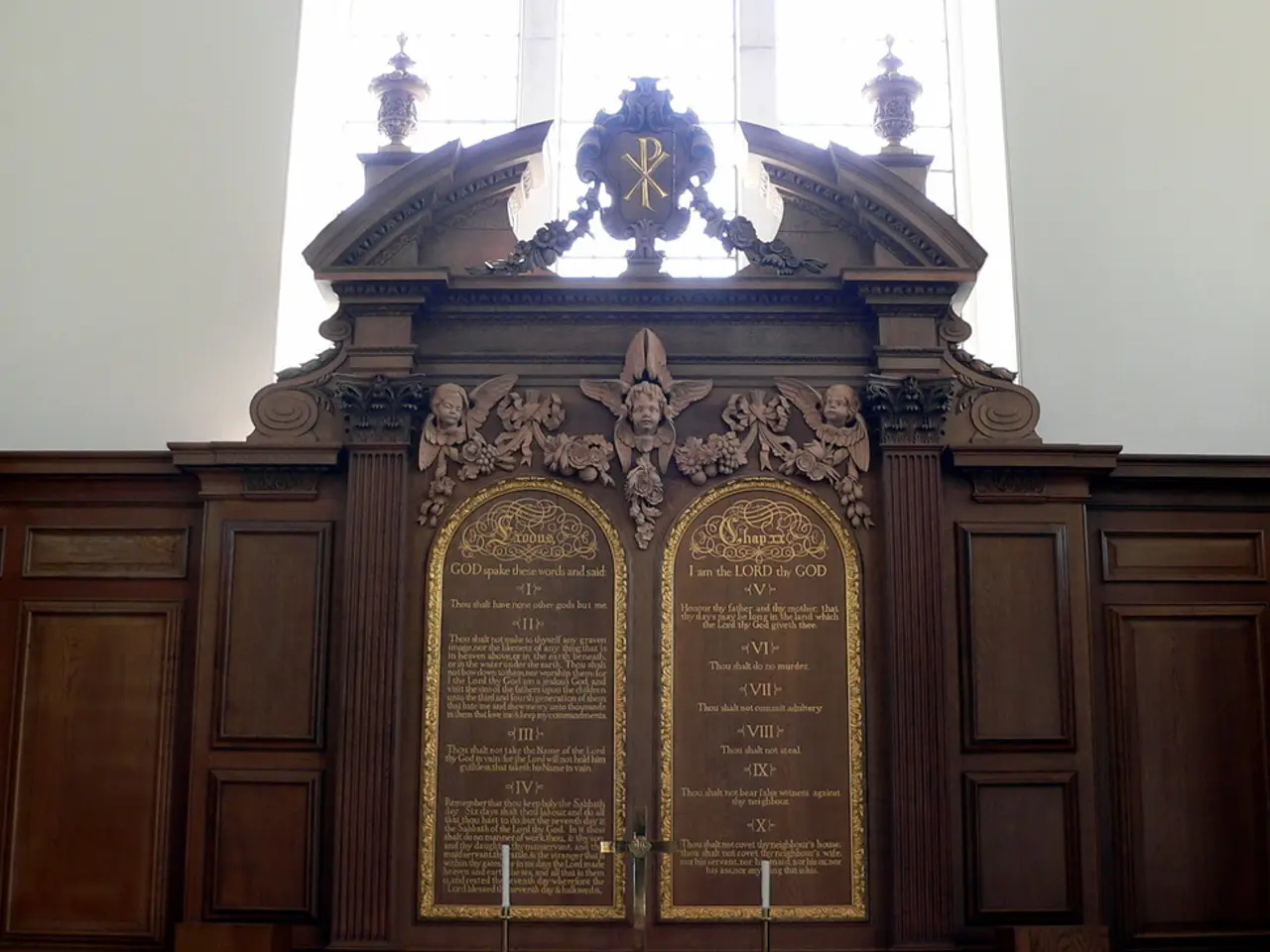Unveiling Mabel Bell's Little-Known Advocacy for Aeronautics
In the annals of aviation history, the name of Alexander Graham Bell is often synonymous with innovation and progress. However, there was another key figure who played an equally important, though less-recognized, role in the birth of powered flight - Mabel Bell.
Born on November 25, 1857, in Cambridge, Massachusetts, Mabel Bell was the wife and student of Alexander Graham Bell. She lost her hearing due to scarlet fever at the age of 5, but went on to learn to speak and read lips in multiple languages.
Mabel Bell's significant contribution to aviation began in 1907 when she sold some of her property for $35,000 (equivalent to more than $1,000,000 in 2021 dollars) to provide key financial sponsorship for the Aerial Experiment Association (AEA). This pioneering organization, headed by her husband, was established with the goal of conducting research and experiments in the aviation industry.
Mabel Bell's advocacy for younger talent and her financial support were instrumental in the AEA's success. She encouraged her husband to involve younger collaborators due to his age, and her financial contribution was essential for founding the AEA at Baddeck, Nova Scotia.
The AEA made significant progress in early aviation history, benefiting from Mabel's sponsorship and support. They conducted meticulous scientific research and experiments, and built an aircraft with never-before-seen technological innovations such as lateral control with the use of ailerons.
Mabel Bell's role as an instigator and funder effectively made her aviation's first official sponsor. Her support enabled Bell and the AEA to advance early aircraft designs and experiments with kite-based wings such as the Cygnet series flown between 1907 and 1912.
While Alexander Graham Bell is often credited as the leader of the AEA and a pioneer in aviation, it was Mabel Bell who, by advocating for younger talent and enabling funding, acted as aviation’s first sponsor in a meaningful way.
In 1923, Mabel Bell was named a National Historic Person by the Canadian government. Unfortunately, she passed away on January 3, 1923, at the age of 65 due to pancreatic cancer. After her death, her ashes were buried in her husband's grave.
Mabel Bell's father, Gardiner Greene Hubbard, founded the first oral school for the deaf in the USA. Despite her own hearing impairment, Mabel Bell overcame her challenges to play a crucial role in the early development of aeronautical research. Her contribution to the Aerial Experiment Association (AEA) played a significant role in the advancement of aviation technology, demonstrating her foresight and interest in the future of the aviation industry.
In summary, Mabel Bell's financial support and advocacy for the Aerial Experiment Association (AEA) were pivotal in the advancement of aviation technology. Her role as aviation’s first sponsor effectively made her a pioneer in the industry, supporting pioneering work that advanced powered flight alongside the more publicly known achievements of her husband and other AEA members.
- Mabel Bell's interest extended beyond aviation, as she also demonstrated a keen interest in health-and-wellness, particularly womens-health, given her personal experience with hearing loss and her father's founding of the first oral school for the deaf.
- Leveraging her husband's pioneering work in aviation, Mabel Bell's support of technology-driven innovations extended to other sectors, such as science, where her influence and financial backing led to significant advancements in the Aerial Experiment Association's research and experiments.




